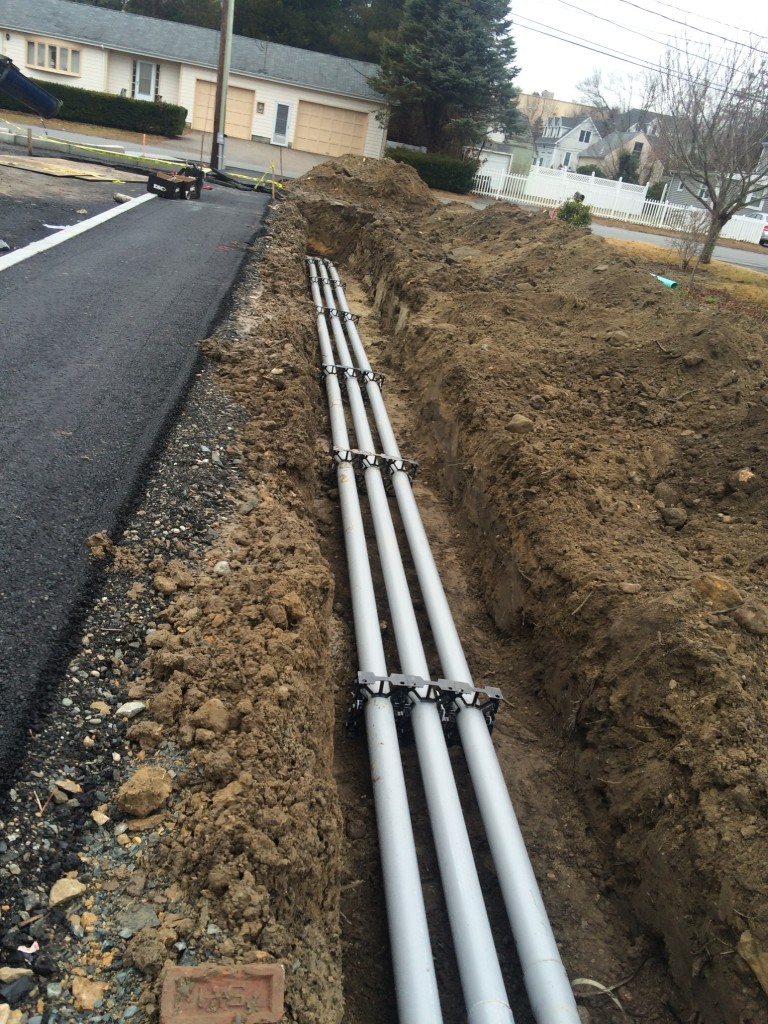Pink Himalayan salt is commonly known by the name "rock salt" or "ashmanite". It is a mineralized salt made in the Himalayan Mountains, and it has been used for centuries both for its cleansing properties and for its beauty. It has an almost soft pinkish tone, as well as a fine texture. Himalayan salt comes from the highest part of the Himalayan Mountains, where it is mined and found in pure form.
Pink Himalayan salt deposits have been found in many countries. There, too, it is known as the "life-giving" variety, because the mineral salts heal the body when sprinkled on the skin or taken internally. The salt is mined out of the foothills of the Himalayan Mountains, and sometimes from mines in Pakistan, India, China, Tibet, Nepal, and Norway. There are millions of years' worth of mine deposits in these areas. The salt is high in magnesium, calcium, sodium, and potassium, and it is said to be the strongest mineral salt on the planet.
There are two kinds of Himalayan pink salt are the natural (or "alted") variety and the artificial (artificially-flattered) variety. Natural Himalayan salts are produced by the weathering of dead plant matter and rocks over time, like the process that happens in rainforests. These naturally occurring salts are extremely high in magnesium, calcium, and potassium, and they are practically impenetrable for the most vicious microbes. As a result, they are only used in hospitals, for specific medical treatments, and as trace mineral elements for laboratory research. The artificial variety is mined from many different locations and can be bought as "natural" salts, "artificially" salts, or "mineralized".
Both kinds of Himalayan pink salt may be used for table salt, however, there are some significant differences between them. Natural Himalayan salt tends to be much more alkaline, with a neutral pH level and very little sodium. Artificial salts tend to be much more acidic, with a pH level that is close to the standard and a lower sodium concentration. This can have a number of health benefits for those who want to minimize their intake of regular salt.
One of the best benefits of artificial Himalayan pink salt is that it has significantly more magnesium and potassium than regular table salt. While it does have less sodium than regular table salt, it does have more of the other important minerals. In fact, it is far more enriched in nutrients than regular table salt. Magnesium, calcium, and potassium are all essential to good health and a balanced diet. While the minerals are not particularly rich in calories, they are essential for regulating blood pressure and maintaining fluid levels in the body.
Himalayan pink salt also contains trace amounts of many important trace elements, including zinc and selenium. Trace elements are important to your body's absorption of vitamins and minerals. These are not found in many foods and are only produced naturally in special situations or through very difficult means. By consuming this salt on a regular basis, you can help to ensure that you are getting all of the vitamins and minerals that you need to stay healthy. Plus, sodium helps to regulate blood pressure and keeps fluid levels from being depleted.
As far as the trace mineral content of Himalayan pink salt is concerned, it is close to the ideal level. It contains everything that a healthy body needs in order to function properly. However, one should pay special attention to the trace mineral content of the salt. If you purchase the cheapest salt you can find, you are likely to get a low-quality product. In fact, some of the most popular brands contain only trace amounts of important trace minerals like potassium and magnesium. The better salts will provide you with everything that you need.
There are some things to remember when comparing Himalayan pink salt to other types of salt. One thing that many people do not consider when purchasing salts is the manufacturing process that was used to produce the salt. While some companies will use the best available technology, many others will not. To ensure that the mineral content is at its highest, choose a company that will use the best equipment and methods. When you compare salts based on these factors, you will be able to determine which mineral-rich products are best for you.




